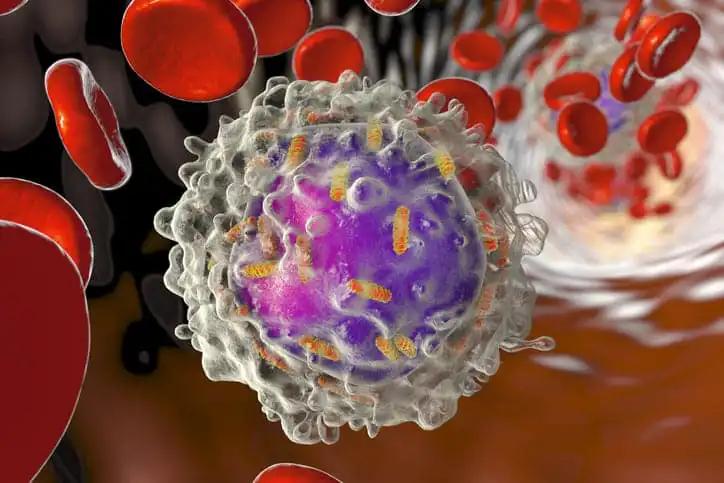KEY TAKEAWAYS
- This phase 3 study outlined the requirements and best practices for establishing safe and efficient RLT centers/programs in the United States.
- The study reported that in establishing RLT centers/programs, staff training, proper equipment, and patient education are vital for safely administering [177Lu]Lu-PSMA-617.
The landscape of treating metastatic castration-resistant prostate cancer (mCRPC) is evolving towards targeted theranostic approaches, such as using prostate-specific membrane antigen (PSMA) as a target for radioligand imaging followed by radioligand therapy (RLT). One RLT, [177Lu]Lu‑PSMA‑617, is approved in the US for treating PSMA‑positive mCRPC based on the phase 3 VISION trial. Consequently, RLT centers/programs are emerging in US cancer centers where nurses play a pivotal role in patient care and education.
This phase 3 study summarized the requirements and best practices for creating safe and efficient RLT centers/programs in the United States.
The design, construction, and operation of RLT centers/programs should adhere to radiation protection principles set by the US Nuclear Regulatory Commission. Considerations encompass radiation protection/shielding, including designated areas like a hot lab, treatment room, and restroom; licensing for radioactive materials; proper storage, handling, administration, and disposal of radiopharmaceuticals; optimizing treatment planning; establishing criteria for patient release, counseling, and follow-up. Additionally, factors like radiation safety training and coordination among multidisciplinary team members should be considered.
While the institutional requirements, resources, and roles may vary among different centers, there are common best practices when setting up RLT centers/programs offering [177Lu]Lu-PSMA-617. It is crucial that healthcare providers licensed and trained in handling radiopharmaceuticals oversee its administration. Effective treatment necessitates collaboration among healthcare professionals, including urologists, medical/radiation oncologists, radiation safety officers, nurses, and nuclear medicine specialists. This ensures smooth communication, efficient operations, and radiation safety.
Care coordinators play a pivotal role in facilitating collaboration and managing treatment scheduling and logistics. Nurses are central to patient care and education throughout the treatment process and are typically the last point of contact before patient discharge. They should provide and explain written instructions for post-treatment radiation safety precautions, covering aspects like hydration, frequent voiding, special hygiene, proper handling of biohazardous/radioactive waste, and time-based restrictions on contact with others.
Establishing RLT centers/programs involved various considerations, with staff training, appropriate equipment, and patient education being critical for the safe administration of [177Lu]Lu-PSMA-617. Oncology nurses who grasp these best practices can enhance the safety and efficiency of RLT programs, ultimately improving the patient’s treatment experience. This study offered essential guidance to nurses regarding their role in administering a novel therapy, [177Lu]Lu-PSMA-617, based on the authors’ frontline experience.
Source: https://ons.confex.com/ons/2023/meetingapp.cgi/Paper/12657
Clinical Trial: https://classic.clinicaltrials.gov/ct2/show/NCT03511664
Spitz, A., Gardner, L., Floyd, R., Sutton, J. Best Practices in the Administration of [177Lu]Lu-PSMA-617 Radioligand Therapy for Prostate Cancer in US Centers.



